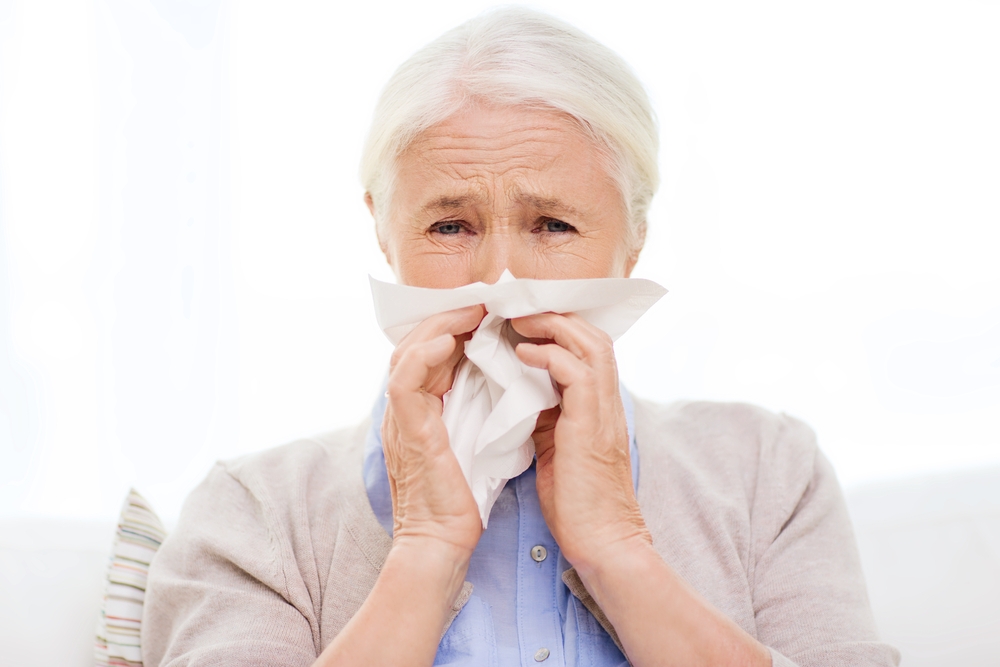
October 29 is [World Stroke Day], and stroke is often referred to as [stroke].
Stroke, myocardial infarction and tumor are all familiar to everyone because they are too common in the middle-aged and elderly. About one fifth of the people in the country die of cerebrovascular diseases, and stroke accounts for the vast majority.
Even if stroke does not lead to death, the result is often aphasia, limb paralysis, loss of mobility, bedridden…
Of course, in the face of such dangerous diseases, we can still prevent and treat them.
According to the guidelines, Dr. Clove has compiled this [Stroke Prevention Manual], hoping to give a reference to middle-aged and elderly friends, stay away from stroke and live a long and healthy life.
1. Quit smoking: Don’t give yourself any excuses
Smoking can increase the risk of stroke by 1-2 times. At the same time, smoking also increases the risk of myocardial infarction and cancer. Smoking not only harms oneself, but also endangers the health of family members.
For myself and for my family, I gave up smoking with great determination.
2. Alcohol limit: It is best not to drink, not to drink limit
The relationship between alcohol and stroke is more subtle: some studies have found that a small amount of drinking can reduce stroke, while a large amount of drinking can increase the possibility of stroke.
People who do not drink should never drink for [possible benefits]. Because alcohol not only affects stroke, it is also a definite carcinogen.
For friends who have to drink, they must control the amount: men’s daily intake is less than 25 g, equivalent to 750 mL beer and 250 mL wine; Women’s daily intake is less than 15 g, equivalent to 450 mL of beer and 150 mL of wine.
3. Exercise: 40 minutes a day, 4 times a week
Compared with people who do not exercise, people who exercise regularly can reduce the risk of stroke by 25% ~ 30%.
It is suggested that middle-aged and elderly friends should exercise 3-4 times a week for about 40 minutes each time. The forms of exercise are mainly aerobic exercises such as walking, jogging, Taijiquan, Wuqinxi and square dancing.
However, you must pay attention to keeping warm when going out for exercise in autumn and winter, otherwise it may also increase the risk of stroke. If there are indoor sports conditions, of course, it is better.
4. Diet: 5 servings of fruits and vegetables per day
Diet should be less sodium, more potassium, high calcium, high fiber, rich in unsaturated fatty acids, less saturated fatty acids. Specifically speaking: more vegetables and fruits, dairy products, less animal fat.
The study also found that the more fruits and vegetables you eat, the lower the risk of stroke. Eating more than 5 servings of vegetables and fruits a day can significantly reduce the occurrence of stroke. (One serving is the size of a fist)
5. Losing weight: Not just to look good
Obesity is related to stroke, hypertension, diabetes and heart disease. Whether you are fat or only [general belly], you should pay attention to losing weight.
As people lose weight, the possibility of stroke will also decrease.
6. Physical Examination: Focus on 5 Indicators
The [root] of stroke is still a vascular problem. Vascular rupture and blockage will all lead to stroke.
During physical examination, blood pressure, blood sugar, blood lipid, electrocardiogram and carotid artery color Doppler ultrasound need special attention, because these five examinations are most closely related to stroke.
Blood pressure
Friends over 35 years old should take their blood pressure at least once a year. People with a family history of hypertension and stroke should increase the number of blood pressure measurements.
For friends who have suffered from hypertension, blood pressure should be well managed. Generally, hypertension patients should be controlled below 140/90 mmHg, and those over 80 years old should be controlled below 150/90 mmHg.
Blood sugar
Friends who have no risk factors for diabetes should start diabetes screening after the age of 40. Those who are screened normally for the first time should be screened again at least once every 3 years.
For friends suffering from diabetes, the blood sugar should be controlled at 4.4 ~ 7.0 mmol/L, the blood sugar should be less than 10.0 mmol/L 2 hours after meal, and the glycosylated hemoglobin should be less than 7% (general situation).
Blood lipid
Men over 40 years old and postmenopausal women should have blood lipid tests every year. Friends with high risk factors such as smoking and obesity for myocardial infarction or stroke should have blood lipid tests every 3-6 months.
Electrocardiogram
People with atrial fibrillation are prone to form thrombus in blood vessels. When thrombus blocks the blood supply artery of the brain, stroke will occur.
Electrocardiogram is an important examination to find atrial fibrillation, which must be paid attention to.
Carotid artery color Doppler ultrasound
Carotid artery is the main artery supplying blood to the brain. If plaque or abnormality appears on its inner wall, it will be blocked and lead to stroke.
However, carotid artery color Doppler ultrasound can find carotid artery abnormalities so as to treat them as soon as possible. For high-risk groups over 40 years old, carotid artery color Doppler ultrasound should be routinely examined.
Having said so much, in fact, there are only 12 words:
Quit smoking, limit alcohol, exercise, diet, weight loss, physical examination
The most important thing is to practice and do it correctly. I hope you can stay away from stroke.
